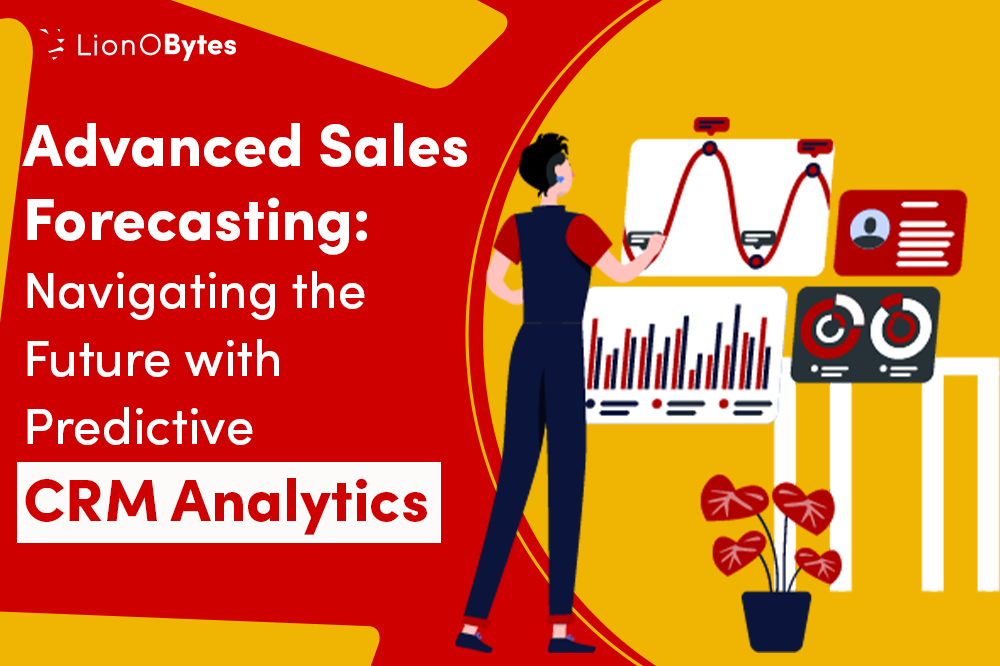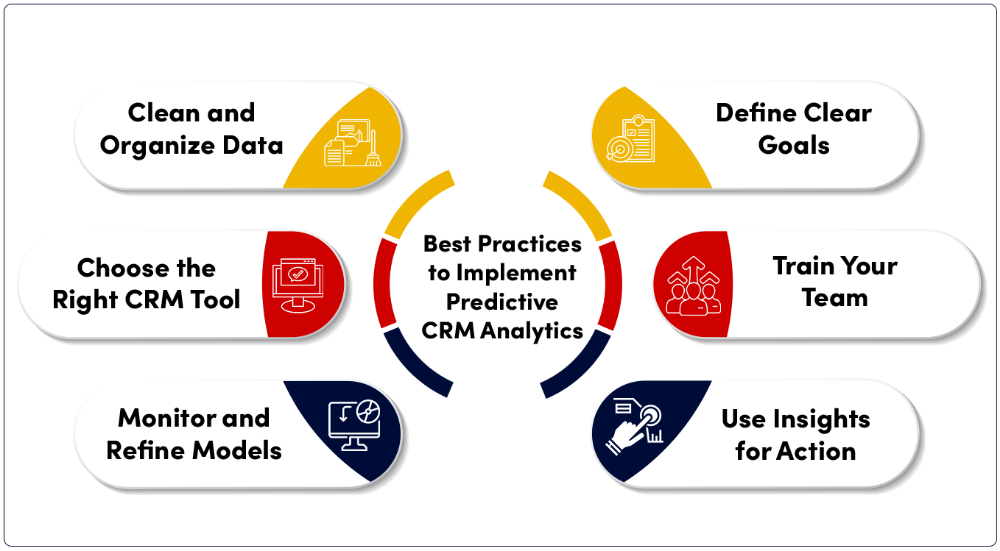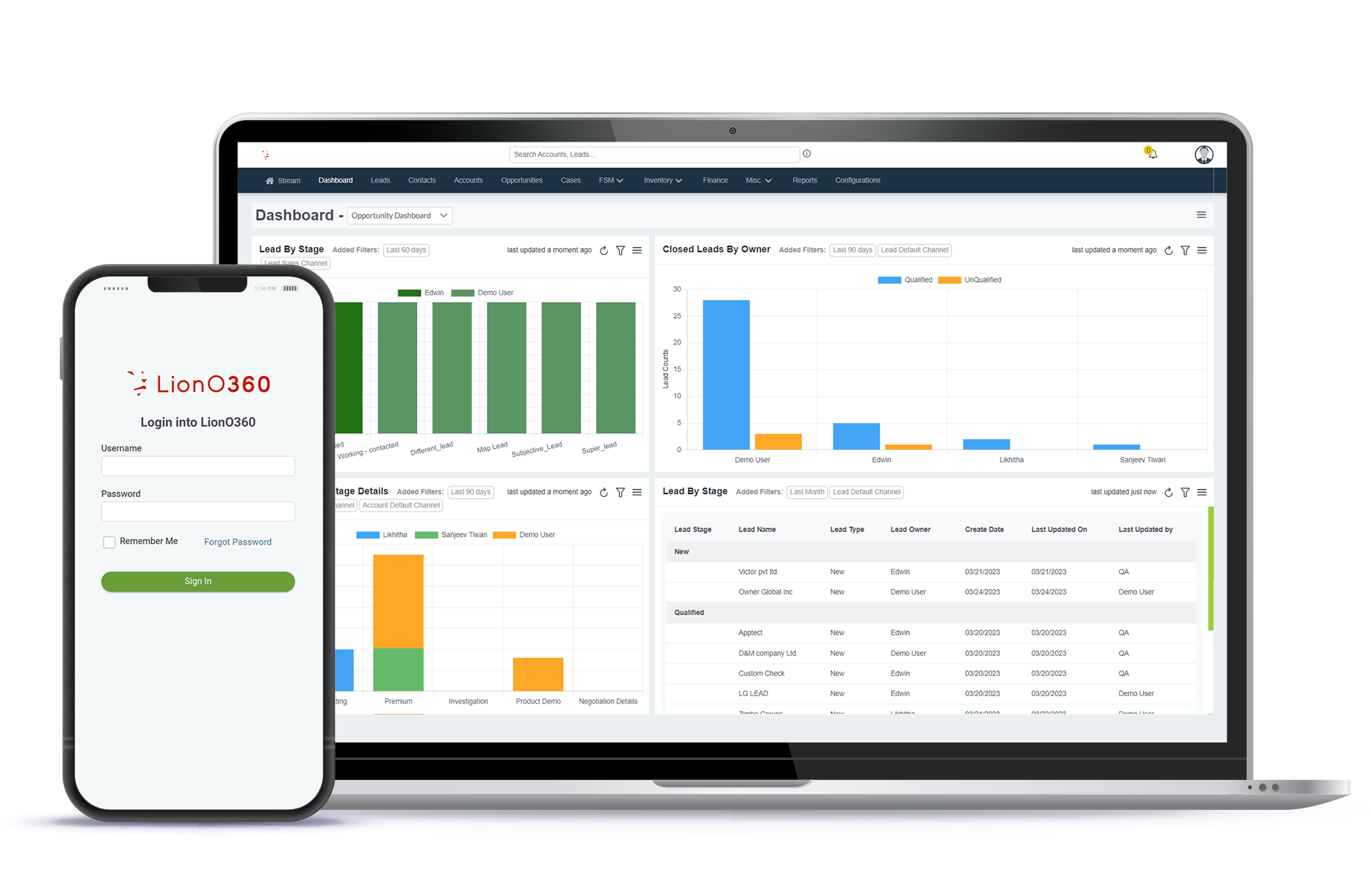
For businesses, today is a world full of competition, but one thing that remains constant is uncertainty. What will customers buy next quarter? Which leads are more likely to convert? How can sales teams plan better for market shifts? Businesses that answer these questions accurately stay ahead of competitors.
That’s where predictive CRM analytics comes in.
Let’s explore how predictive analytics in CRM is transforming sales forecasting, why it matters now more than ever, and how you can use it to navigate your business towards growth.
What are Predictive CRM Analytics in Modern CRM Software?
Before diving deeper, let’s simplify the term.
Predictive analytics use historical data, trends, and AI/ML algorithms to predict future outcomes. When integrated into CRM systems, it analyzes customer data to forecast through advanced sales tools, buying behavior, and business performance. In other words, your CRM no longer just stores customer data; it actively tells you what’s likely to happen next.
For example:
- It predicts which leads are most likely to convert.
- It forecasts revenue for upcoming months based on pipeline data.
- It identifies patterns to recommend the best actions for sales reps.
Why is Predictive Analytics Critical for Sales Forecasting?
Traditional sales forecasting relies on manual inputs, intuition, and past experiences. While useful, it often results in:
- Inaccurate projections due to human bias or incomplete data.
- Reactive decision-making instead of proactive planning.
- Missed opportunities because reps focus on wrong leads or deals.
Predictive CRM analytics changes this by:
- Eliminating guesswork.
- Using data-driven insights for accuracy.
- Identifying risks and opportunities early.
The Current Challenges in Sales Forecasting
Sales teams today face several hurdles when forecasting:
Data Overload
CRMs store massive amounts of data – customer profiles, touchpoints, purchase history, emails, call logs, and more. But without analytical tools, it’s hard to extract meaningful patterns for forecasting.
Dynamic Market Conditions
Markets fluctuate due to economic shifts, competitor actions, or customer behavior changes. Static forecasts fail to keep up, leaving sales targets unmet.
Subjective Forecasting
Reps are often forecast based on optimism, pessimism, or limited pipeline visibility. Such subjective forecasts can derail strategic decisions.
Time Constraints
Sales leaders spend hours collating data from spreadsheets, CRM records, and reports to build forecasts, reducing their focus on strategy and coaching.

How Predictive CRM Analytics Solves These Problems
Here’s how predictive CRM analytics transforms forecasting for your sales team:
Automates Forecasting with AI
It uses historical and real-time data to automatically generate accurate forecasts without manual intervention. Sales leaders can get instant snapshots of expected revenue, top deals, and potential gaps.
Enhances Pipeline Visibility
Predictive analytics evaluate each opportunity’s likelihood to close based on multiple factors such as deal stage, past behavior, industry trends, and engagement levels. This ensures reps focus on the most promising leads.
Improves Resource Planning
Accurate forecasts help management plan resources, inventory, and marketing campaigns more effectively, reducing last-minute chaos.
Mitigates Risks Proactively
By identifying deals at risk of stalling or dropping off, sales managers can intervene early to revive them or reallocate efforts elsewhere.
Boosts Sales Performance
When reps know which actions will yield better results, they can prioritize intelligently, close faster, and achieve targets with confidence.
Real-World Use Case Example
Imagine a SaaS company using predictive CRM analytics. Its CRM analyzes past customer behaviors, website interactions, email engagement, demo attendance, and deal timelines. The system:
- Scores each lead based on probability of converting.
- Forecasts monthly recurring revenue with >90% accuracy.
- Suggests upselling or cross-sell opportunities to existing clients.
As a result, the sales team spends less time chasing low-value leads and more time closing high-impact deals, increasing their conversion rate by 20% within a quarter.
Key Components of Predictive CRM Analytics for Sales Forecasting
Data Integration
Pulls data from various sources like CRM records, ERP systems, marketing platforms, and external market databases for a holistic view.
Machine Learning Algorithms
Uses regression analysis, classification models, and clustering to analyze patterns and predict outcomes.
Lead Scoring Models
Assigns scores based on behavioral and demographic data to prioritize leads efficiently.
Opportunity Insights
Analyzes each deal’s stage, historical movement, and engagement to forecast closure probability.
Revenue Forecasting Dashboards
Visual dashboards showing forecasted revenue by team, territory, product line, or period for easy decision-making.
What-If Scenario Analysis
Allows sales leaders to adjust variables and see how changes impact revenue projections.
Future Trends in Predictive CRM Analytics
The future of predictive CRM analytics is exciting. Here’s what to expect in coming years:
Prescriptive Analytics Integration
Beyond predicting outcomes, CRMs will recommend specific actions for desired results, like suggesting the best time to contact a lead or offering personalized discounts.
Real-Time Forecast Adjustments
With real-time data streams, forecasts will update instantly as deals progress, improving agility in decision-making.
Customer Sentiment Analysis
Advanced NLP models will analyze customer emails, calls, and chats to gauge sentiment, feeding this into deal probability scores for even more accurate forecasts.
Holistic Business Forecasting
Integrating CRM data with ERP, inventory, supply chain, and financial systems will provide businesses with unified, company-wide forecasts for better strategic planning.
Empower Your Sales Team with LionO360 CRM

LionO360 CRM revolutionizes sales forecasting with AI-powered predictive analytics, eliminating the guesswork from revenue projections. By leveraging machine learning and real-time data, it delivers highly accurate forecasts that adapt dynamically to changing deal pipelines. The platform analyzes trends, lead behavior, and engagement patterns to predict win probabilities, helping sales teams prioritize high-value opportunities.
With intuitive dashboards, LionOBytes offers instant visibility into forecasted revenue versus targets, enabling data-driven decision-making. Its advanced opportunity scoring identifies at-risk deals early, allowing proactive interventions to improve conversion rates. The system also supports scenario modeling, letting businesses simulate different strategies to optimize outcomes. Seamless integration with BI tools like Power BI ensures unified reporting across departments. Companies using LionO360 CRM report significant improvements in forecast accuracy, sales efficiency, and revenue growth.
As AI evolves, LionO360 CRM will incorporate even smarter features like automated corrective actions and sentiment-based forecasting. For businesses seeking future proof of their sales operations, LionO360 CRM offers a powerful, intelligent solution that transforms raw data into actionable insights. Book a free CRM demo now and see how LionO360 CRM document management system can centralize your data, enhance collaboration, and boost productivity.
Frequently Asked Questions
What are predictive CRM analytics?
Predictive CRM analytics uses AI and historical customer data to forecast sales, buying behavior, and business outcomes, enabling smarter decisions.
How does AI improve sales forecasting in CRM systems?
AI enhances sales forecasting by analyzing past trends, scoring leads, and providing accurate revenue projections without manual guesswork.
Which CRM software offers predictive analytics features?
Many modern AI-powered CRM systems, like LionO360, Salesforce, and Zoho, offer predictive analytics to improve sales planning and performance.
Why is predictive CRM analytics important for businesses?
It reduces forecasting errors, identifies high value leads, improves resource planning, and helps businesses stay ahead in competitive markets.













